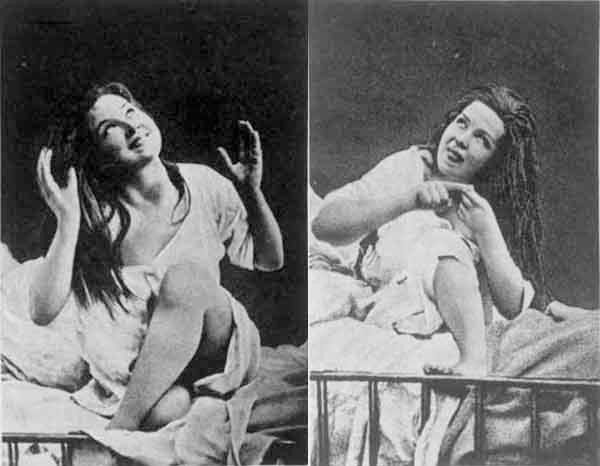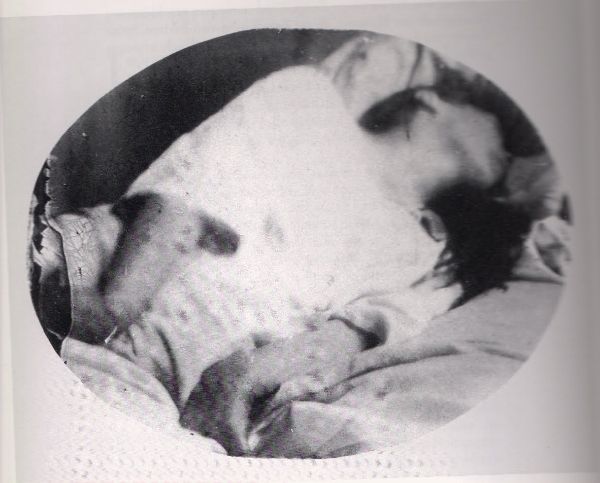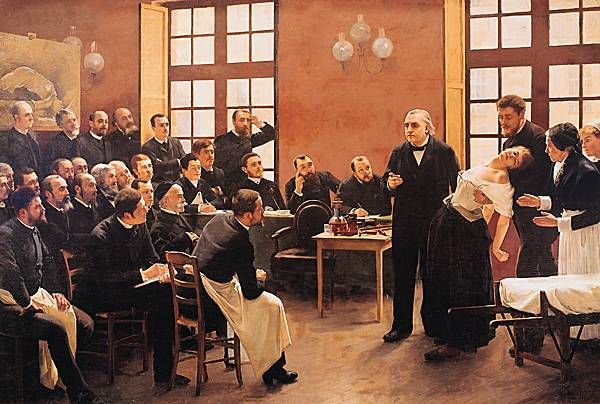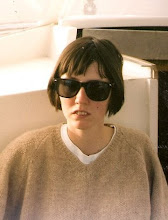

At the end of the day, Charcot is a mystery, while Augustine is still a mystery, but she exists in the images. They are described in so many university lectures as an example of the way that photography has been used as a diagnostic tool, to Other and to capture suffering and violate an individual.
The play paints a picture of the challenges and suffering that would have faced a woman institutionalised at Salpetriere quite well. The monologue flows from Augustine (played excellently by Helen Morse) describing childhood, losing her family, making friends and her confusion about what it is that Charcot wants from her in photographing and exhibiting her. She describes receiving better food and a private room in exchange for her performances, coupled with sadness at feeling alienated from her fellow inmates. Augustine wonders at what it is that people mean by coming to observe her, why they want to witness suffering, and what Charcot's motivations are. It's very sad to hear her describe Marie, a friend who she used to share a room with and sleep beside, who disappears and presumably dies. The monologue flows, with many phrases repeating themselves, "There is something behind my face," "I am going to scream." The piece ends with Augustine escaping disguised as a man, which is what history records to have happened. It leaves me wondering how she must have lived out the rest of her life....what she did next.
"She’s been the subject of a couple of films and a number of plays because theatre people have been drawn to her because it’s really about the nature of performance in a way: when she was having her fits and strange states in front of people, were they real? Was she really going through that or was she performing those things because that was what was required from her? So the piece is very much about the nature of performance.’’


No comments:
Post a Comment